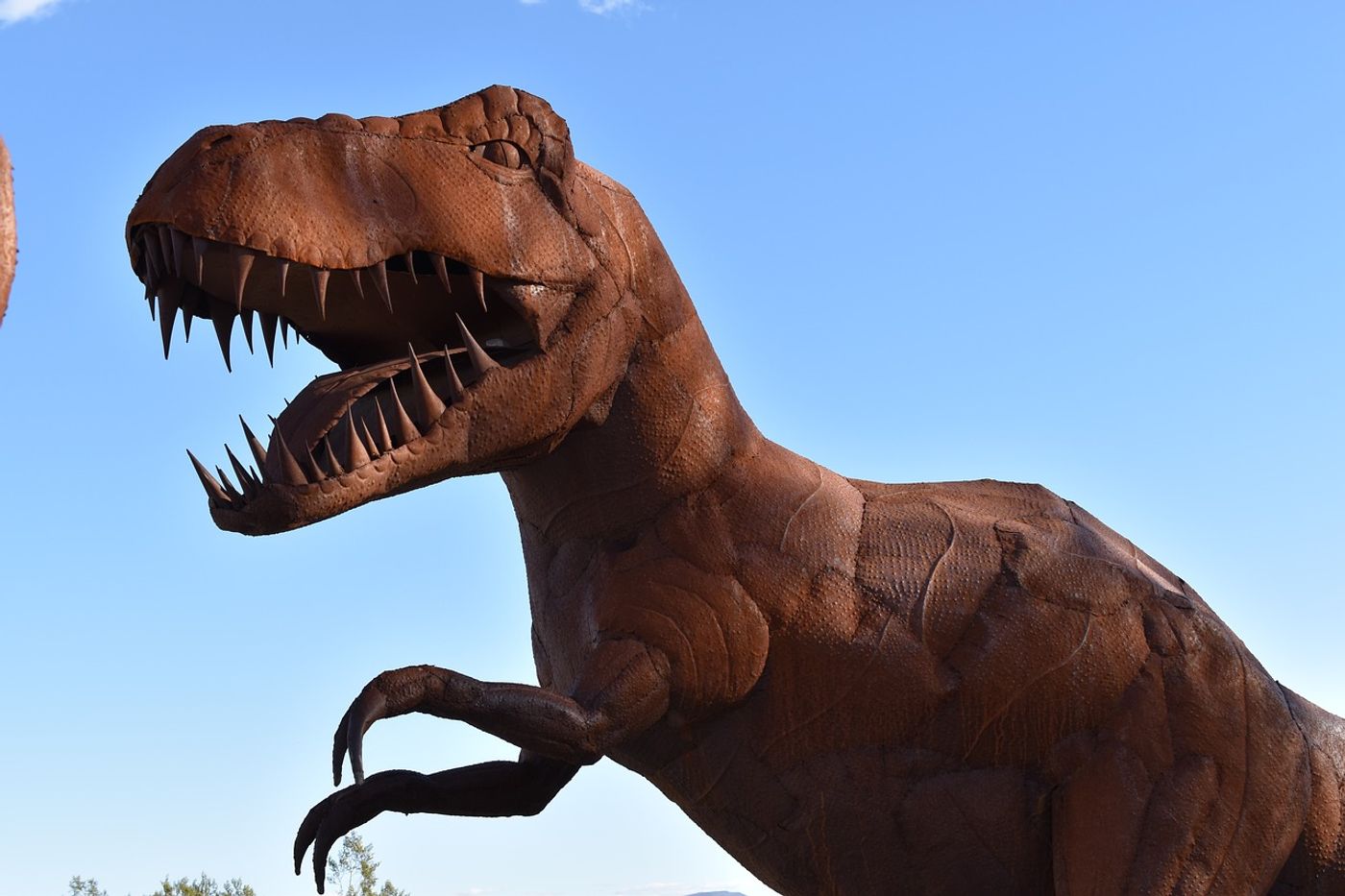Dinosaurs Might Have Originated in the UK
Where did dinosaurs actually come from? While a myriad of theories remain, only one answer could ever possibly be correct.
According to a new study published in the journal Nature, our entire understanding dinosaur history that we thought was finally just starting to make sense, is about to get highly discombobulated and confusing.
Image Credit: BRAG/Pixabay
One of the main points in the research is that dinosaurs may not have first developed in the Southern hemisphere 230 million years ago as originally thought.
Closer fossil examinations reveal that dinosaurs may have originated from a common ancestor in the Northern hemisphere 245 million years ago instead. More specifically, it would seem that the UK region played a role in much of the creatures’ early history on Earth.
But that’s not the only surprise scientists weren’t expecting to find; it seems as if there is a huge errorin our current dinosaur organization system. This system can be thought of as a family tree, just like one that you might use to sketch out your own family and their ancestors.
In this tree, there are two main groups: Ornithischia, which are bird-like creatures and typically herbivores, and Saurischia, which are more reptilian-like and could be either carnivores or herbivores.
Also read: Did dinosaurs really roar? Or did they chirp like birds?
This classification system was accepted for well over a century, but new evidence from the hip bone fossil observations reveal that the main groups are not as set in stone as they have been considered for so long, and there could be far more overlap between the two than originally thought.
Many well-known prehistoric creatures, including the tyrannosaurus rex, are being shifted around in the classification system because of two major common ancestor fossil findings in both England and Scotland that are telling new stories about dinosaurs as a whole.
The research indicates that perhaps the tyrannosaurus rex belonged to the Ornithischia group instead of the Saurischia group. Even some of the lizard-like herbivores, such as the stegosaurus, are more bird-like than we originally thought and could be re-categorized as well.
There is a lot of uncertainty about what exactly our dinosaurs were actually like back in the day, and it’s even more difficult to determine where in the family tree each one belongs, but this research is opening a new door that could potentially help scientists create the most accurate depiction of a dinosaur family tree to date.
Our current fossil database is limited, but is growing with each passing day. It’s hoped that we will eventually have more clarity into our planet’s prehistoric creatures, and coming up with an accurate family tree is an important step.
Source: BBC









